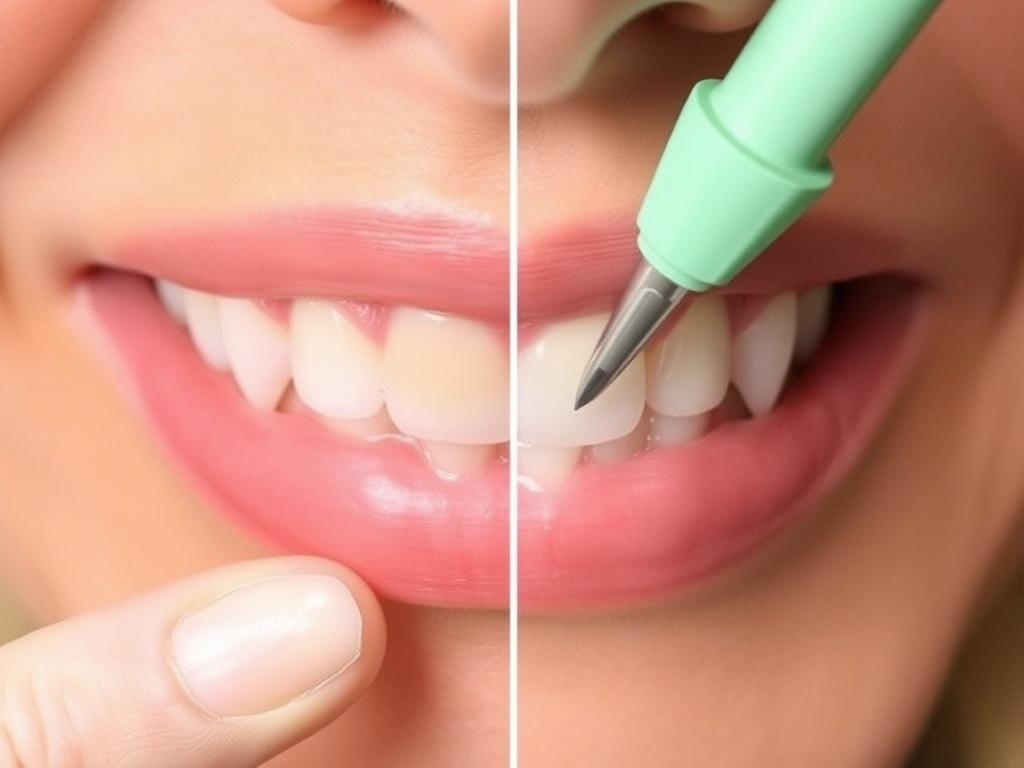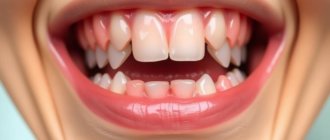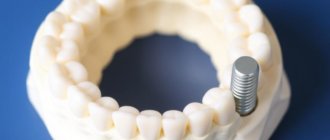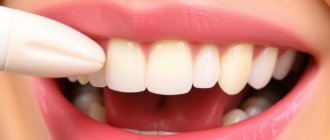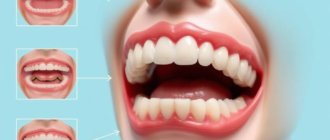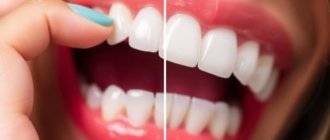Tooth reshaping, also known as cosmetic contouring, is a simple and quick cosmetic dental procedure that can dramatically transform your smile. If you’ve ever felt self-conscious about small imperfections like uneven edges, slight overlaps, or minor chips on your teeth, tooth reshaping might just be the perfect solution for you. This minimally invasive treatment involves carefully removing tiny amounts of enamel to improve the shape, length, or surface of your teeth. Unlike more invasive dental procedures, tooth reshaping offers fast results, minimal discomfort, and often no need for anesthesia. It’s a smart choice for people looking for a subtle yet effective way to enhance their smile without undergoing extensive dental work.
Содержание
- 1 Understanding Tooth Reshaping: What Is It Exactly?
- 2 Benefits of Tooth Reshaping
- 3 How Tooth Reshaping Compares to Other Cosmetic Fixes
- 4 Risks and Limitations You Should Know
- 5 Aftercare Tips to Maintain Your New Smile
- 6 Cost of Tooth Reshaping: What to Expect
- 7 Frequently Asked Questions About Tooth Reshaping
- 8 Making the Right Choice for Your Smile
Understanding Tooth Reshaping: What Is It Exactly?
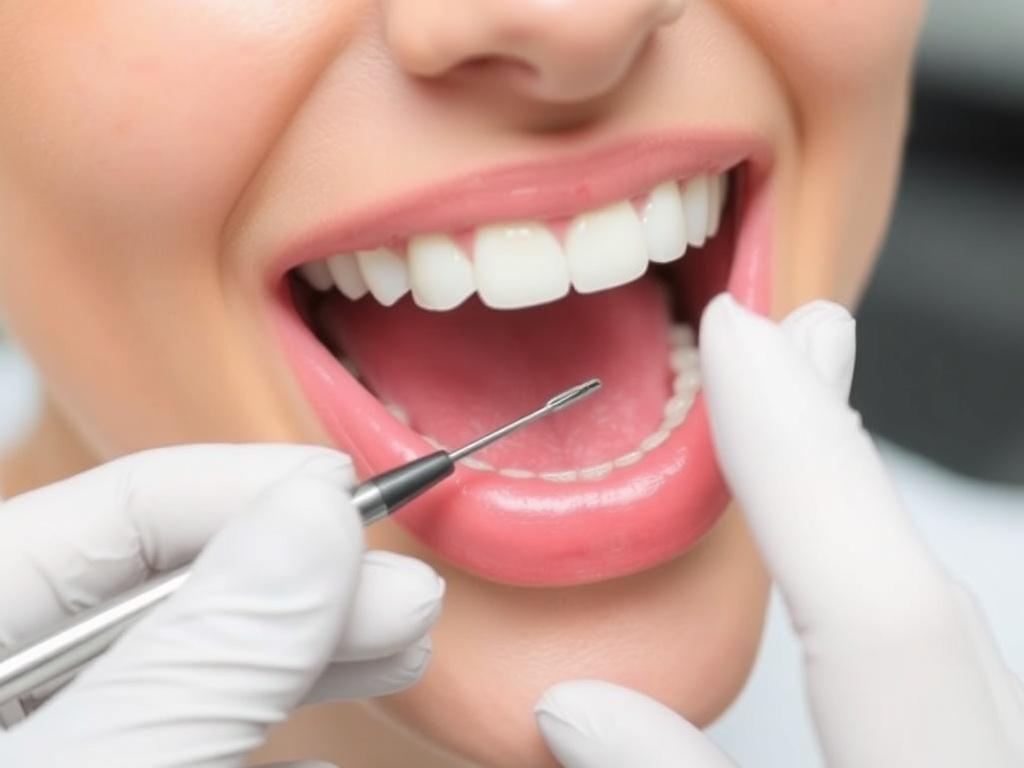
Tooth reshaping is a cosmetic dentistry technique where a dentist gently sands or polishes small bits of enamel from your teeth. By doing this, the dentist can fix minor imperfections such as rough edges, worn spots, or uneven surfaces. The process is precise and tailored to each individual’s unique dental structure and cosmetic goals. It’s important to remember that tooth reshaping is best suited for patients who have healthy teeth with only minor cosmetic concerns. If you have severe dental issues like large gaps, extensive tooth damage, or major crowding, other procedures might be more appropriate.
The appeal of tooth reshaping lies in its speed and ease—most procedures are completed in one short dental visit, and the results are immediately visible. It’s a quick cosmetic fix that doesn’t require recovery time or follow-up visits, making it convenient for busy people who want a better smile without interruption.
Who Is a Good Candidate for Tooth Reshaping?
Tooth reshaping is ideal for individuals who want to correct subtle flaws in their smile. Some common concerns that tooth reshaping can address include:
- Teeth with minor chips or cracks
- Uneven or slightly overlapping teeth
- Teeth that are too long or too short compared to the surrounding teeth
- Irregular tooth edges that affect smile aesthetics
- Small gaps between teeth that can be closed without braces
However, it’s critical to have a thorough dental examination before proceeding. People with weakened enamel, cavities, or gum disease might need other treatments first. Tooth reshaping can only be done if the enamel is thick enough to allow minor adjustments without exposing sensitive inner layers.
The Tooth Reshaping Process: What to Expect
The procedure itself is straightforward and painless. Here’s a step-by-step overview of what typically happens during your tooth reshaping appointment:
- Consultation: Your dentist will evaluate your teeth, discuss your smile goals, and determine if tooth reshaping is suitable for you.
- Planning: Photos and models of your teeth may be taken to map out exactly where enamel will be removed.
- Procedure: Using fine dental instruments or polishing discs, your dentist will gently remove small amounts of enamel, smoothing and reshaping teeth.
- Smoothing and Polishing: After reshaping, your teeth will be polished to restore their natural shine and smooth texture.
Because tooth reshaping is minimally invasive, anesthesia is rarely needed. The entire process usually takes 30 minutes to an hour, depending on the number of teeth being reshaped. Many patients report feeling no discomfort and appreciate the immediate improvement in their smile’s appearance.
Benefits of Tooth Reshaping
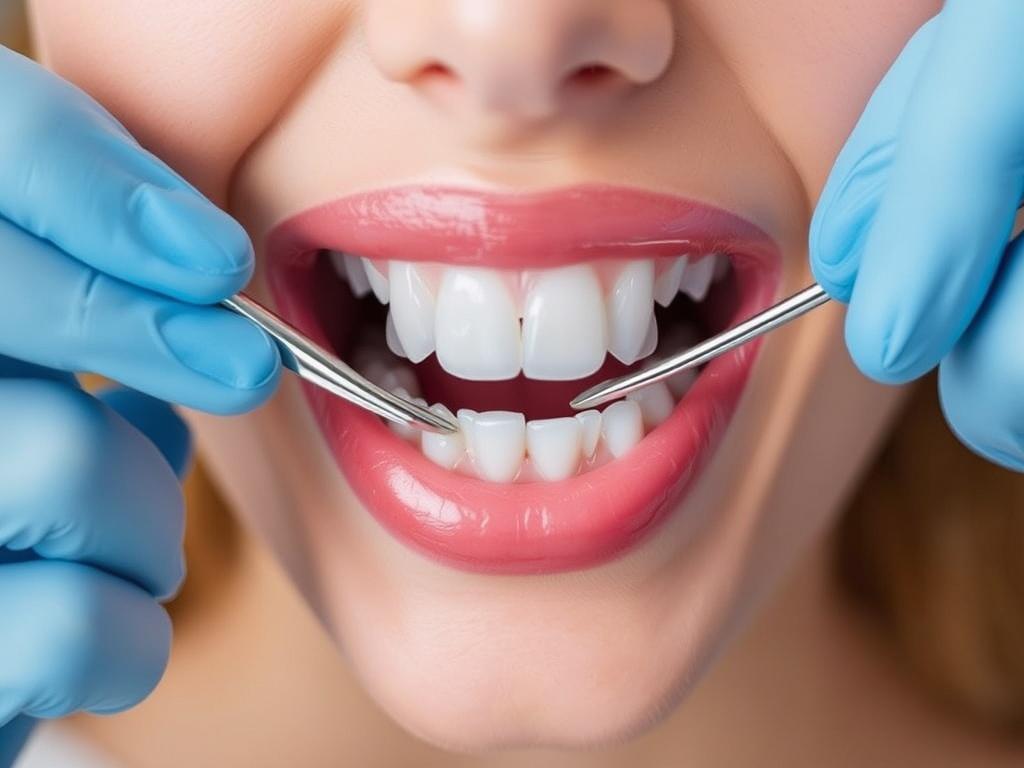
This quick cosmetic fix offers several advantages that appeal both to patients and dentists alike.
| Benefit | Description |
|---|---|
| Quick Results | Procedure is completed in a single visit with immediate smile enhancement. |
| Minimally Invasive | No removal of significant tooth structure, minimal discomfort, and often no anesthesia. |
| Cost-Effective | Less expensive than veneers or crowns, making it accessible for many patients. |
| Improves Appearance | Corrects minor imperfections like chips, gaps, and uneven edges for a natural look. |
| Non-Disruptive | No downtime or recovery period; patients can resume normal activities immediately. |
Because tooth reshaping is non-permanent, this technique also allows patients to make changes gradually over time if desired. It’s an excellent way to test out a new look before committing to more extensive cosmetic procedures.
How Tooth Reshaping Compares to Other Cosmetic Fixes
Tooth reshaping is often grouped with other popular cosmetic dental treatments like veneers, bonding, and whitening. Let’s see how it stacks up:
Tooth Reshaping vs. Veneers
Veneers are thin shells of porcelain or composite resin bonded to the front of your teeth to mask imperfections. They offer dramatic transformations but involve more preparation, including removing some tooth enamel and higher costs.
- Pros of Reshaping: Less invasive, faster, cheaper.
- Pros of Veneers: Fixes more significant flaws, changes color and shape dramatically.
Tooth Reshaping vs. Bonding
Bonding uses tooth-colored resin to cover chips, gaps, or discoloration. It can handle more severe corrections than reshaping but requires curing with a special light and may chip over time.
- Pros of Reshaping: No added materials, quick, no maintenance.
- Pros of Bonding: Better for larger repairs, color customization.
Tooth Reshaping vs. Whitening
Whitening brightens the color of your teeth, but it doesn’t change the shape or fix structural imperfections. These treatments can be complementary; reshaping followed by whitening often delivers the best aesthetic impact.
Risks and Limitations You Should Know
While tooth reshaping holds many benefits, it’s important to be aware of its limitations and risks to set realistic expectations.
What Tooth Reshaping Can’t Do
Tooth reshaping is designed to fix subtle issues. It cannot:
- Close large gaps or correct severe crowding
- Restore heavily decayed or damaged teeth
- Change the color of teeth significantly
- Address bite problems or jaw misalignment issues
For these concerns, orthodontic treatment, veneers, or crowns might be necessary.
Potential Risks
Because enamel is being removed, over-aggressive reshaping can cause tooth sensitivity or increase the risk of decay if too much enamel is taken away. That’s why it’s crucial to have this done by a skilled cosmetic dentist who considers your enamel thickness and oral health carefully.
Also, tooth reshaping is irreversible. Although limited amounts of enamel are removed, those changes are permanent, so you should be confident about going forward before the procedure.
Aftercare Tips to Maintain Your New Smile
Tooth reshaping is relatively low-maintenance, but keeping your smile healthy after the procedure is key to prolonging the results:
- Practice Good Oral Hygiene: Brush twice daily and floss regularly to protect your smoothed enamel.
- Avoid Hard Foods: Be cautious with very hard or crunchy foods that might chip your teeth.
- Use Fluoride Toothpaste: Helps strengthen enamel and reduce sensitivity.
- Regular Dental Checkups: Visit your dentist at least twice a year for professional cleanings and to monitor your dental health.
If you experience any sensitivity or discomfort after reshaping, don’t hesitate to consult your dentist for advice or treatments such as desensitizing toothpaste.
Who Should Avoid Tooth Reshaping?
Certain individuals may need to avoid this quick cosmetic fix:
- Those with very thin enamel or existing weak teeth
- People with untreated cavities, gum disease, or infections
- Individuals with orthodontic appliances or bite alignment issues
A dental consultation will help determine if reshaping is right for you, or if alternative treatments better suit your needs.
Cost of Tooth Reshaping: What to Expect
One of the reasons tooth reshaping is so popular is its affordability compared to other cosmetic treatments. Depending on the dentist’s experience, geographic location, and the number of teeth involved, costs can vary. On average, tooth reshaping ranges between $50 and $300 per tooth. Since the procedure usually requires minimal chair time and no lab work, it’s a cost-effective way to enhance your smile quickly.
For comparison, veneers can cost anywhere from $800 to $2,500 per tooth, and bonding runs between $100 and $400 per tooth, typically involving longer procedures and sometimes multiple appointments.
If you’re seeking a subtle smile improvement and are budget-conscious, tooth reshaping offers excellent value.
Frequently Asked Questions About Tooth Reshaping
How long do the results last?
Results are permanent since enamel is removed, but natural wear and tear may slightly change tooth shape over many years. Maintaining good oral hygiene helps preserve the look.
Is tooth reshaping painful?
Most patients experience no pain or discomfort during or after reshaping. If you have sensitive teeth, your dentist might apply a topical numbing agent.
Can tooth reshaping fix crooked teeth?
Only minor crookedness can be addressed with reshaping. Significant alignment issues require orthodontics.
Does insurance cover tooth reshaping?
Since tooth reshaping is usually cosmetic, insurance rarely covers it. It’s best to check with your provider.
Making the Right Choice for Your Smile
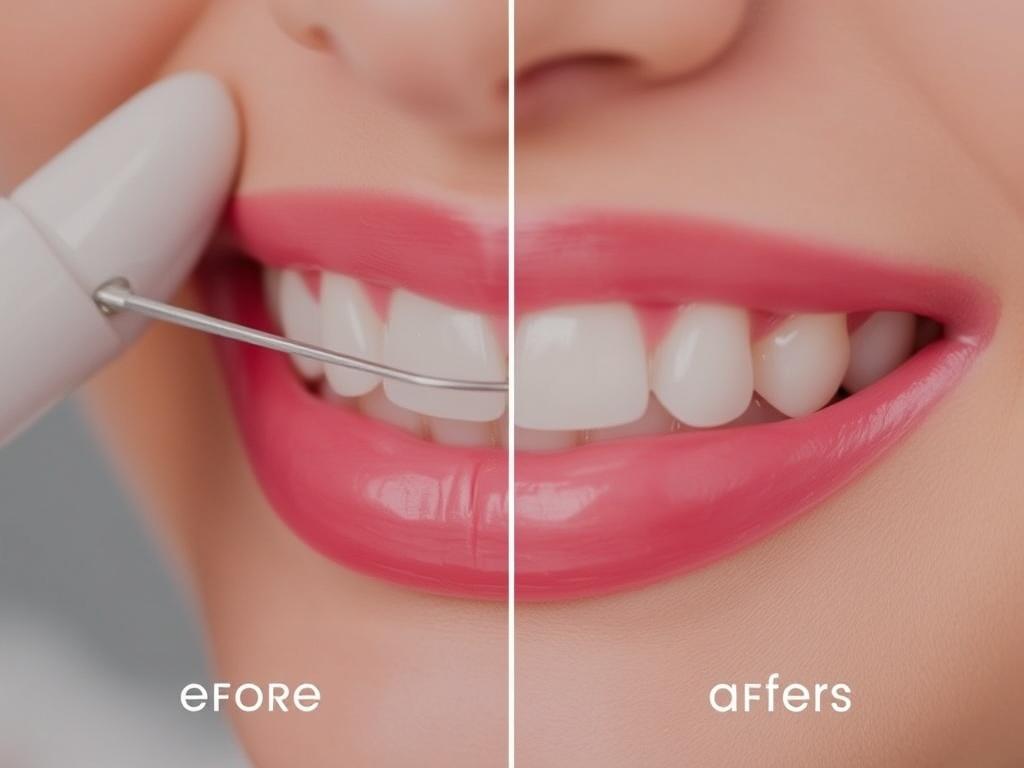
Deciding on tooth reshaping depends on your cosmetic goals, oral health, and budget. For those seeking a quick, minimally invasive fix to minor imperfections, it’s an excellent choice that can boost confidence and create an attractive smile in just one visit. Always consult a qualified cosmetic dentist who can assess your teeth and guide you toward the most suitable treatment plan.
Conclusion
Tooth reshaping stands out as a quick cosmetic fix that offers immediate and natural-looking improvements to your smile. It’s a minimally invasive, affordable, and effective way to correct minor imperfections, from small chips to slight unevenness. While it’s not a catch-all solution for major dental concerns, for many people, it is the perfect option to refresh their smile without the need for complicated or expensive procedures. If you’re considering cosmetic improvements but want to keep things simple and fast, tooth reshaping is definitely worth discussing with your dentist. With the right care and proper candidate selection, this procedure can enhance your smile effortlessly and beautifully for years to come.

